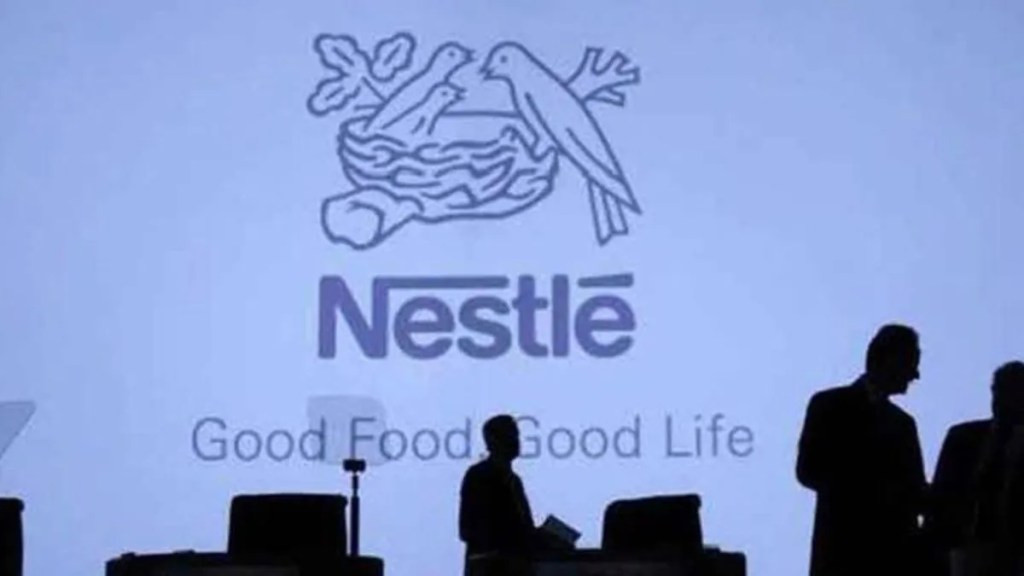Maggi and Kitkat maker Nestle India on Thursday reported a sharp 66% year-on-year increase in its net profit to Rs 628 crore for the quarter ended December, supported by volume and mix-led growth. The net profit is in line with the Street expectations. Volumes were in the range of 3-4% during the quarter.
“I am delighted to share that we delivered our highest double-digit growth in a decade led by sustained volume and mix-led growth, leading to a strong value growth. In 2022, total sales grew by 14.5% and domestic sales increased by 14.8%, with broad-based performance across all categories,” Suresh Narayanan, chairman and managing director, Nestle India, said in a statement.
Revenue from operations increased nearly 14% y-o-y to Rs 4,257 crore, the highest in a decade. However, commodity headwinds posed a challenge for the company and it resorted to price hikes even in the small packs, or the ‘chhotu’ packs in Maggi. The company said it has seen raw material price increases in the range of 30-140% between 2016 and 2022 in all commodities, including milk, edible oils, wheat, green coffee and packaging.
For perspective, between 2018 and 2020 the commodity inflation was 3% for Nestle, which surged 6x to 18.5% between 2021 and 2022. However, after having done grammage cuts for most part of the year to mitigate the impact of inflation, the company resorted to increasing prices even in the smaller packs.
“We chose not to cut grammage. We want our consumers to get a meaningful product,” Narayanan told analysts during an earnings conference call.
However, price hikes impacted volumes for the company. The overall volumes for Nestle was lowest in the December quarter at 126,000 tonne compared with 148,000 tonne in the preceding quarter, and 138,000 tonne in the quarter ended June 2022 and March 2022 each. “We lost out on some market share in noodles in the low unit packs,” he said.
Nestle also witnessed a slowdown in growth in tier 2-6 cities, which it called temporary. The growth has been moderating over the past three quarters, and is down to 5% in Q4 versus 13% in Q3 and 14% in Q2.
However, premiumisation has aided the company in keeping the demand momentum strong in the tier-1 cities and metros. While the growth in metros was 21% in Q4, up from 17% in Q3 and 15% in Q2, tier-1 cities clocked a growth of 19% up from 14% in Q1.
Rural growth remained resilient for Nestle, with its ongoing RURBAB strategy. Villages clocked 26% growth in Q4 compared with 25% in Q3. Narayanan said the company will follow penetration-led volume growth. “We may be delayed but we will not be denied,” he said.
Narayanan said the company has strengthened its RURBAN approach by sharpening its geographic focus, increasing distribution points, and going deeper into smaller towns and cities. “This faith, investment and execution in RURBAN is bearing fruits for our company in terms of strong and sustained growth in smaller towns and especially rural villages,” he said.
On the capex, David McDaniel, chief financial officer, Nestle India, said the company invested `500 crore in 2022 and plans to double it to about `1,300 crore in 2023 and `2,000 crore in 2024.
For the full year ended December 2022, Nestle India reported a nearly 13% increase in net profit to Rs 2,390 core. The revenue from operations surged 14.6% to Rs 16,897 crore.

